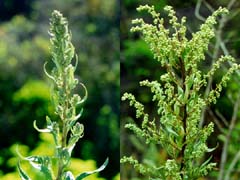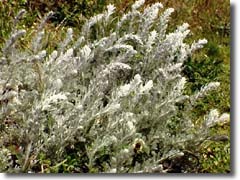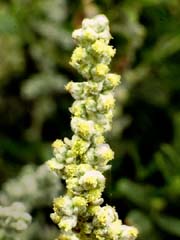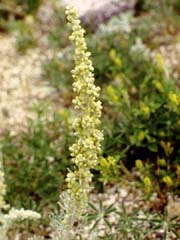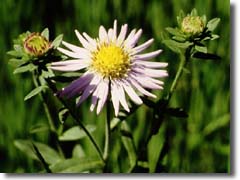As is true throughout the Bay Area and California, the Asteraceae or Sunflower family has more species than any other family of flowering plants. Luckily, the distinctive structure of the flower heads makes identifying members of this family somewhat easy:
Sepals are absent, sometimes replaced by a structures of hairs and scales called a pappus. Small dry fruit develops below the pappus containing a single seed, that is dispersed by wind or animals.
Each head consists of several to many small flowers attached to a disk shaped, conical, or concave receptacle. For identification and classification, the flowers are considered either disk flowers (those with a tubular structure and found in the center disk) or ray flowers (with a flat, petal like corolla distributed around the margins).
